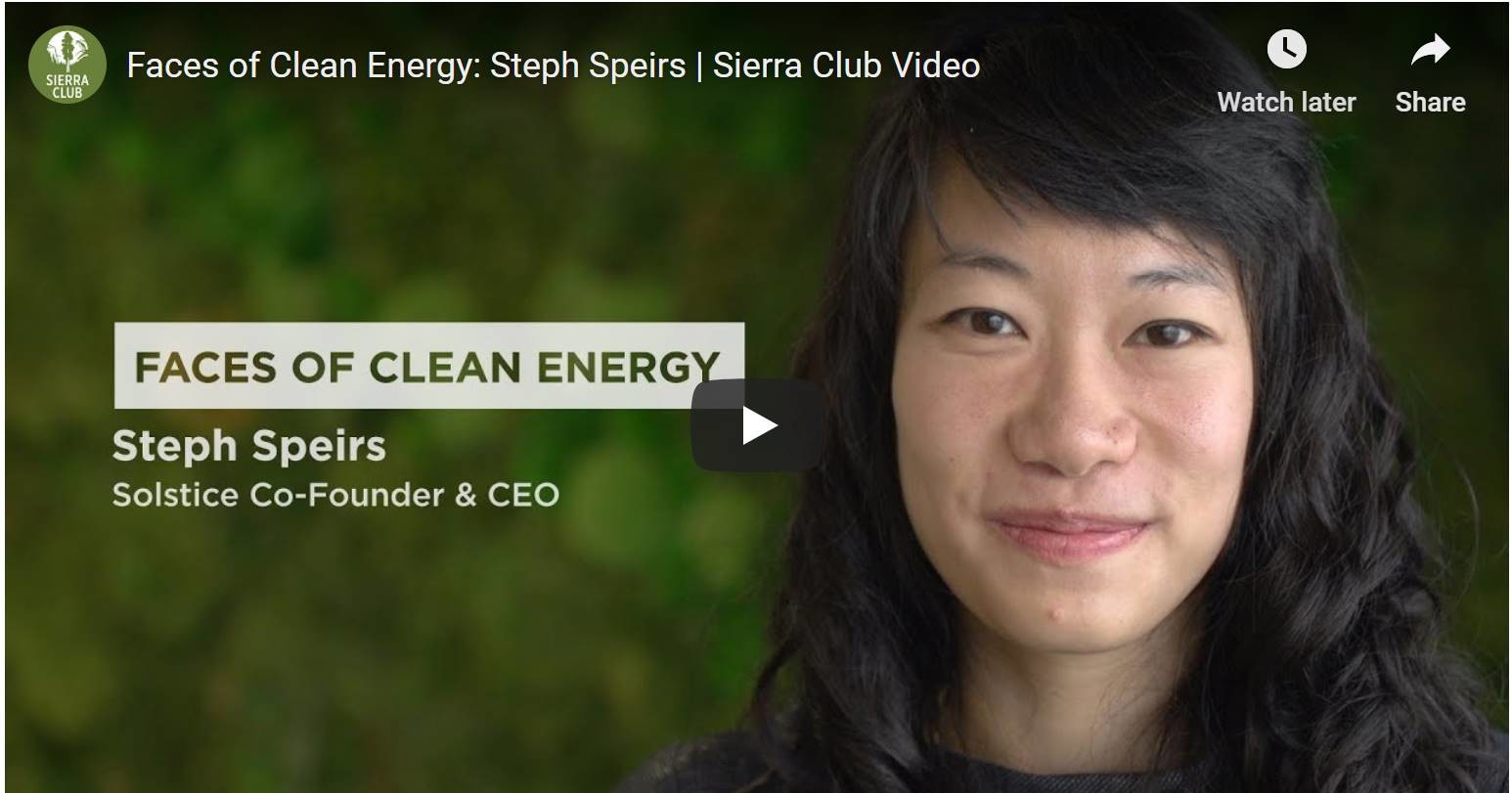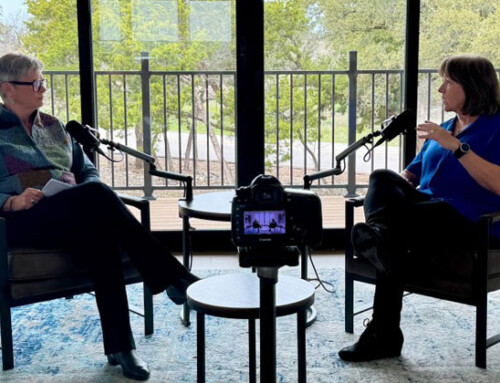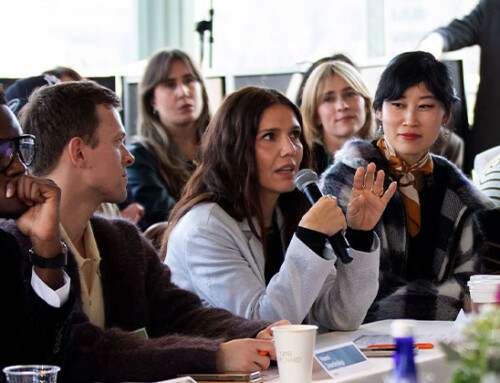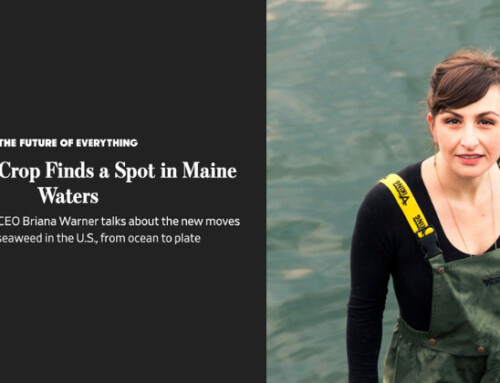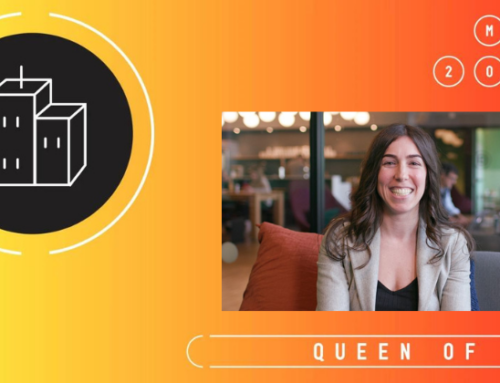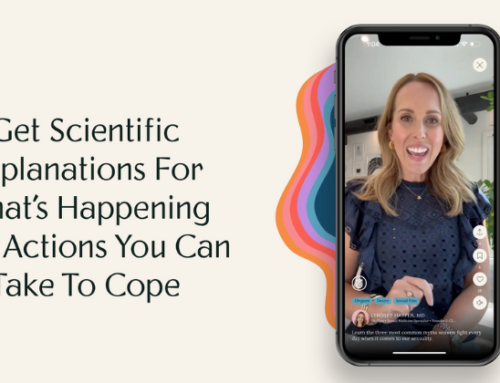Steph Speirs of Solstice has a plan to bring community solar to everyone.
Adapted from an interview with Steph Speirs by Clayton Aldern.
I joined the Obama campaign in 2007, right after graduating from college. After we won, everyone was offered jobs like “special assistant to someone.” Eventually, I ended up at the National Security Council, working in the Middle East office.
At first I just got coffee and assisted in office administration tasks. Then 10 months into the job, the Arab Spring happened. Suddenly there was more work to do.
As my team drove armored vehicles through the streets of Sanaa, Yemen, I would look out and see that most average Yemenis were spending their days waiting in line for fuel. It struck me that the work I was doing—counterterrorism, security, economic policy, humanitarian assistance—wasn’t really working for the average Yemeni. They couldn’t get the fuel to power their businesses and their homes because extremists were blowing up oil pipelines. So many people were locked out from accessing fuel. I thought maybe clean energy could be a means to solve those problems, including security concerns.
I moved to Pakistan to work for a fund that invested in renewable energy companies, and then I ended up at a solar company in India. My friend and I were in the-middle-of-nowhere India—we’d taken a plane and a train and a car to get to this place—and there was a village illuminated by solar power.
We asked, “Why is solar here but not blanketing our cities back in America?” We decided to start Solstice to work on that.
We realized the problem with access in America is that only 20 percent of Americans can put solar on their own rooftops. They’re special unicorns. The rest of us can’t because we’re renters, or condo owners, or there’s a tree covering our roof, or our roof is facing the wrong way.
To get any type of financing for solar in this country, you need a FICO credit score of 650 or above, which 30 percent of America does not have. A FICO score doesn’t measure whether you pay your utility bills on time. It doesn’t measure whether you pay your rental bill on time. It measures if you pay your credit card bill on time. It shouldn’t outlaw you from getting solar.
Community solar offers the greatest potential for renters to finally get access to affordable clean energy. It allows households to plug in to a shared solar farm somewhere in their neighborhood—a community garden for solar. It’s cheaper than conventional energy because it allows developers to build farms as opposed to just install rooftop panels—thus achieving economies of scale.
We’re launching a prototype of an online marketplace that allows people to see what solar shares are available in their area. Right now, there’s not really something that allows people to put in their zip code and see if there’s a farm that serves them. There’s no Kayak.com for community solar. We’re trying to be the home for that kind of search.
So much of the innovation in solar has come from the supply side. Solstice is demand-side innovation. Financing for a farm doesn’t come through until you line up customers for it. If you don’t find the customers, it’s not going to get built. Solar will never be a big business until we get around these constraints that make it so 80 percent of Americans can’t access it. The number of households in America locked out of the rooftop solar market is about 90 million.
I got into government thinking less in terms of U.S. interests and more in service of a vision of the world that I think Obama tried to pursue, which was about human dignity and human rights. So much of my work on the campaign was about the fact that talent is universal but opportunity is not. I was raised by a low-income single mom who rented and struggled every month to pay the electricity bill. I knew—had seen my whole life—what a few hundred dollars in energy savings a year could do for a struggling family. We’re never going to mitigate climate change until we democratize access to clean energy.

